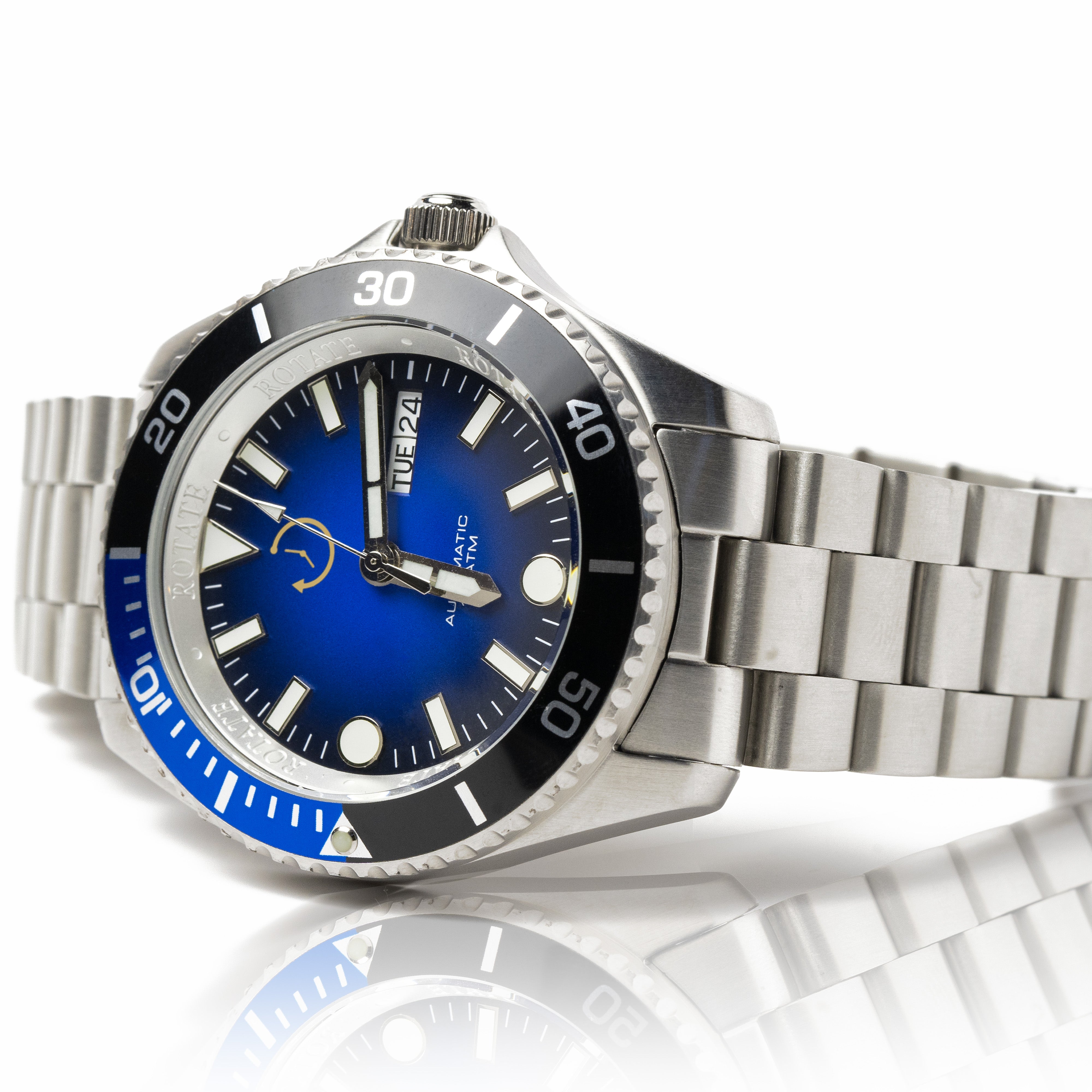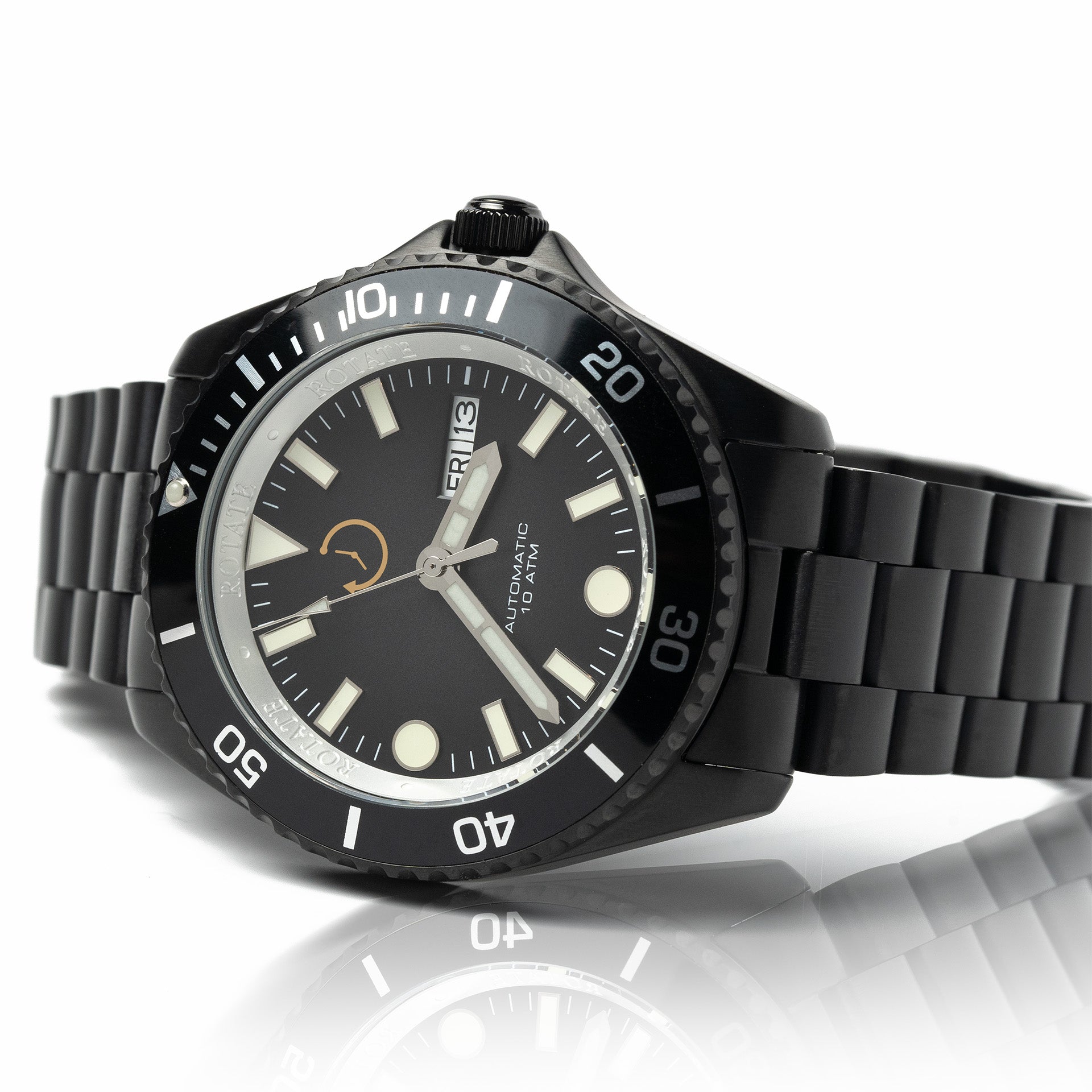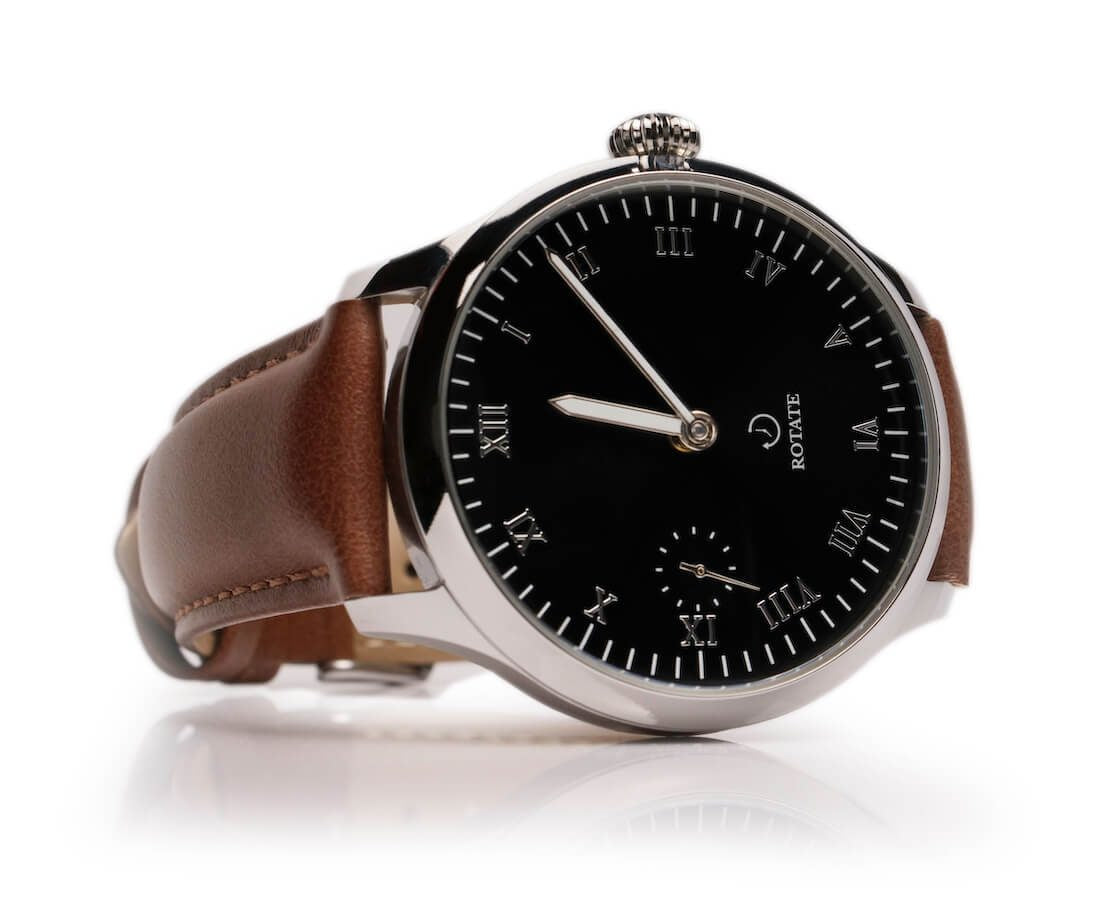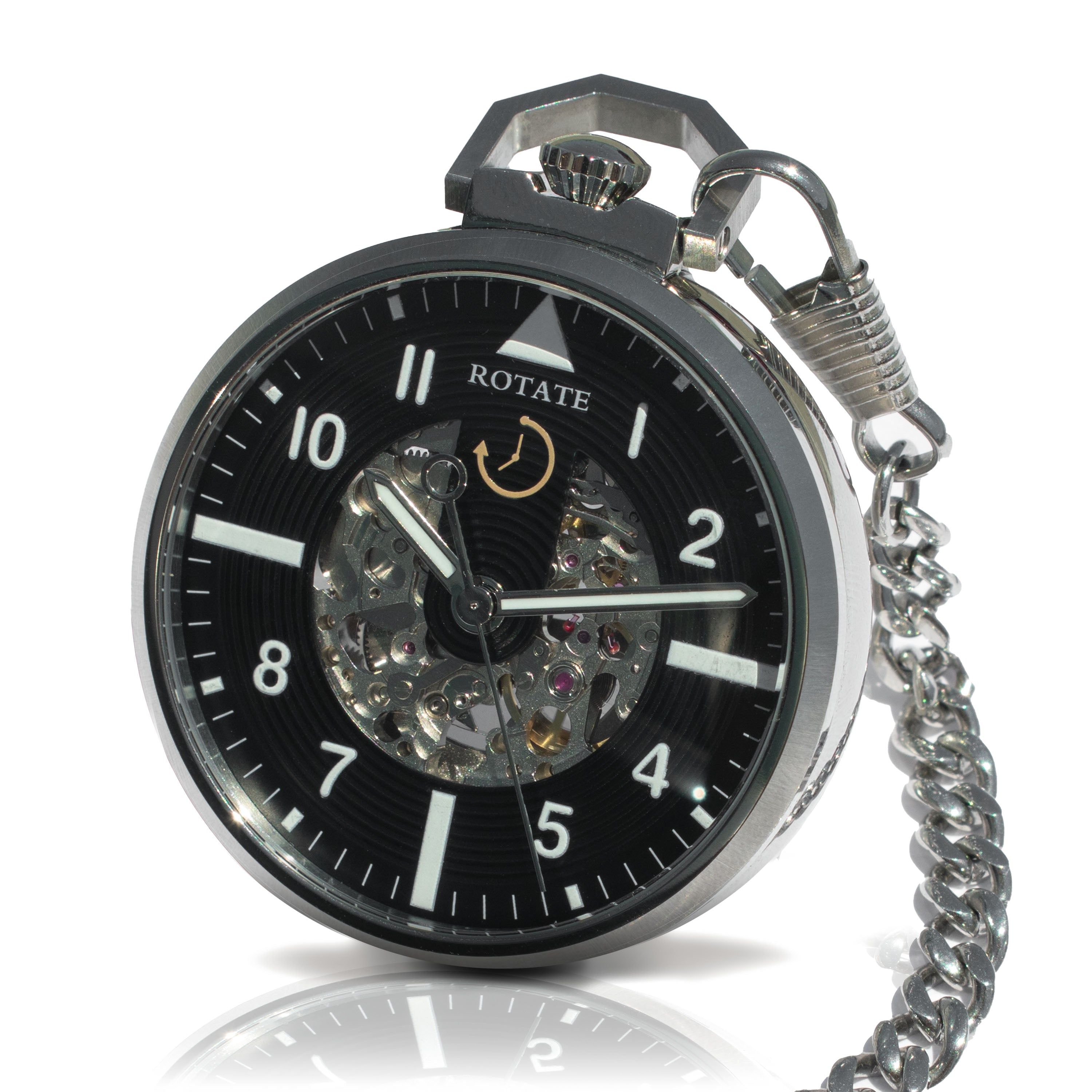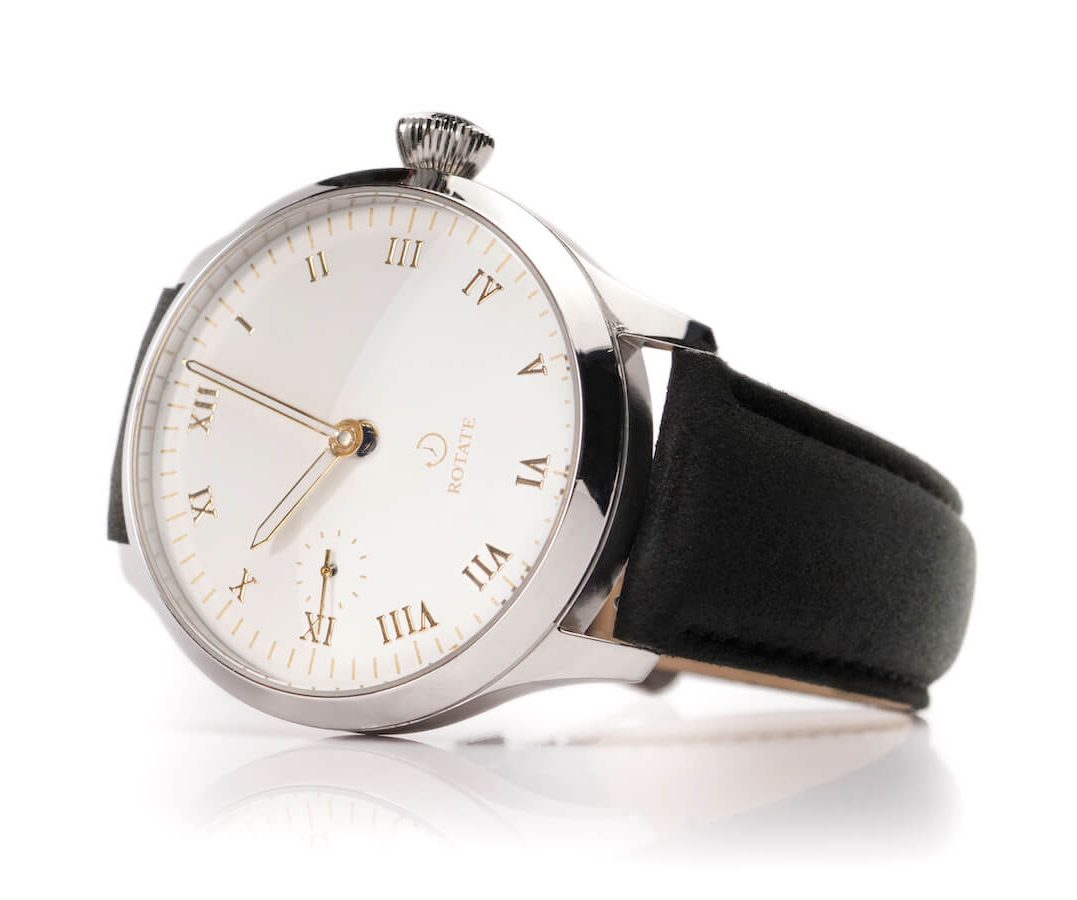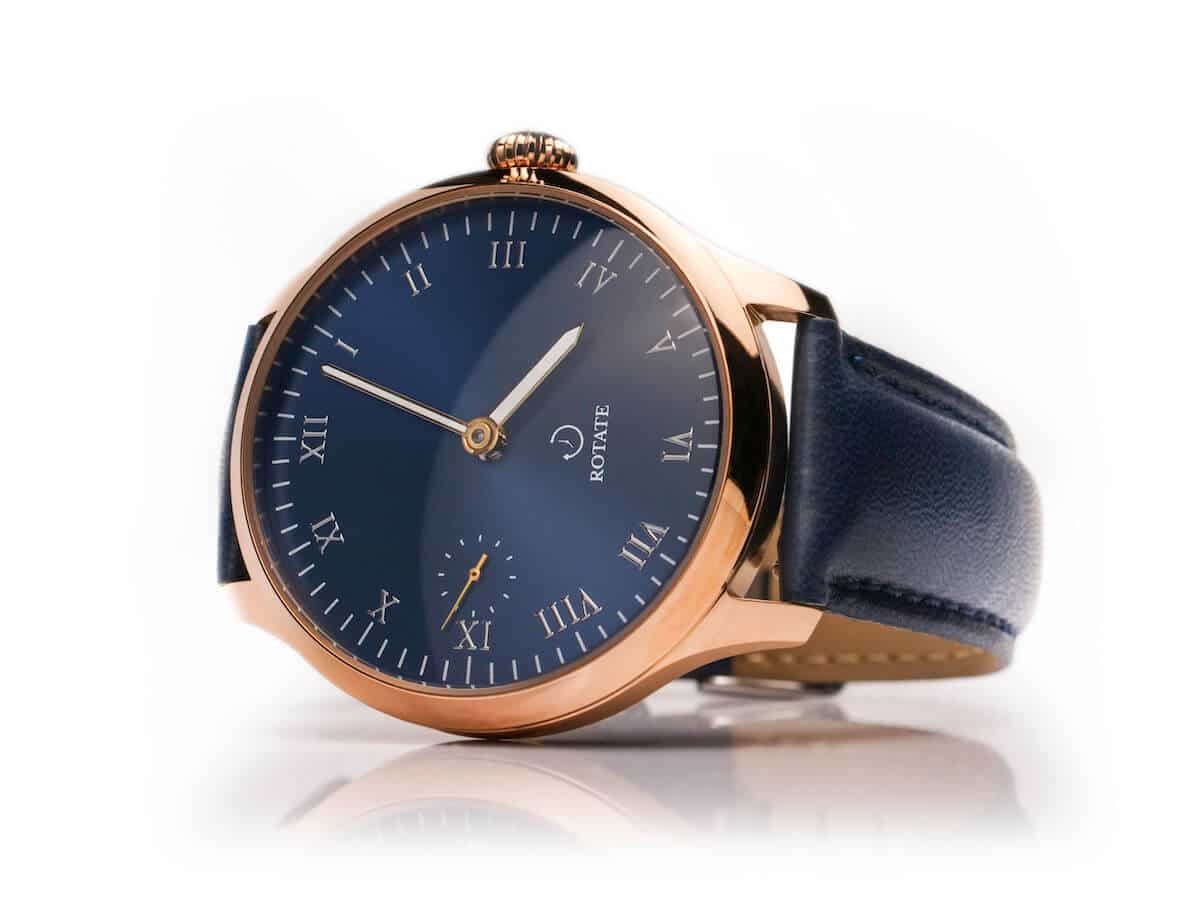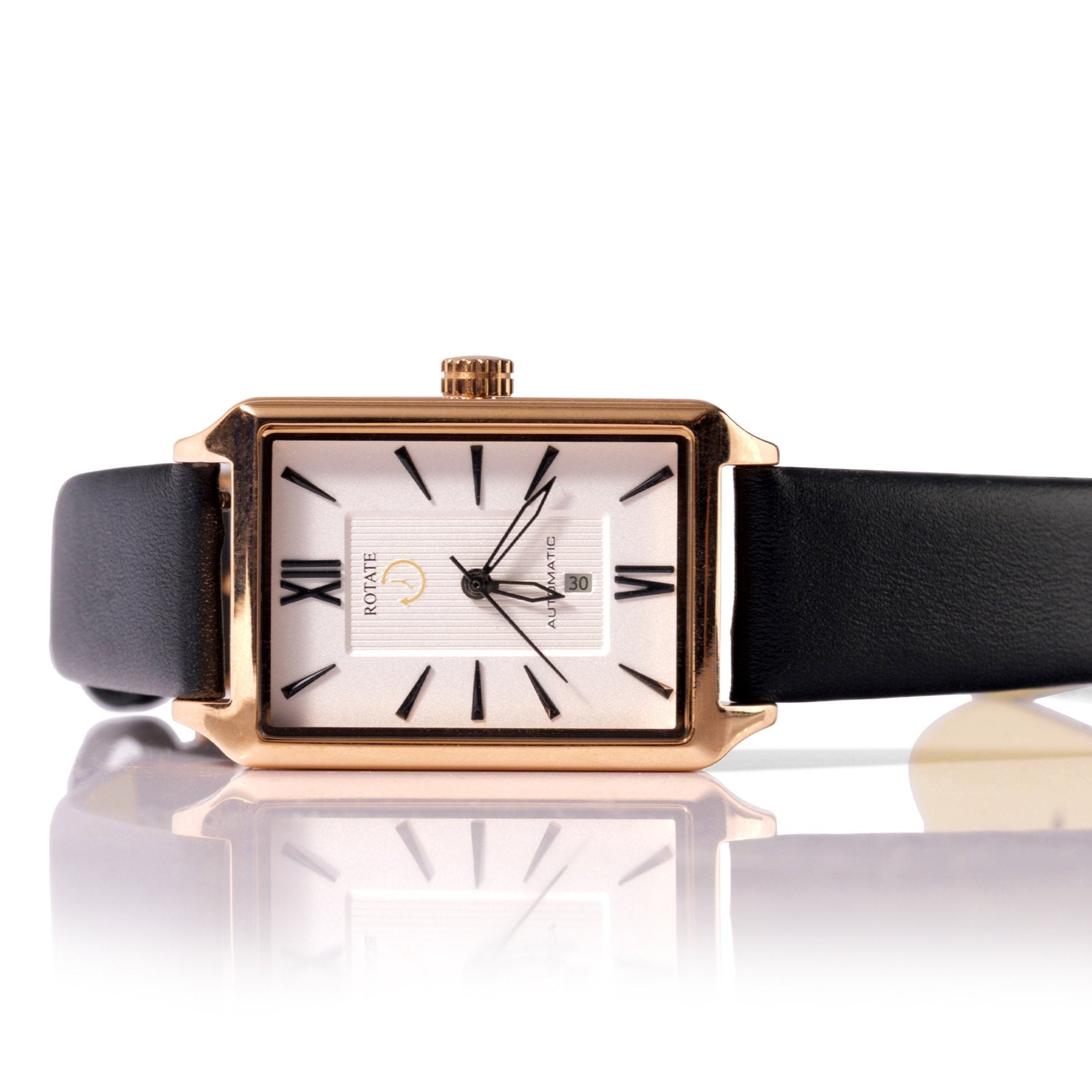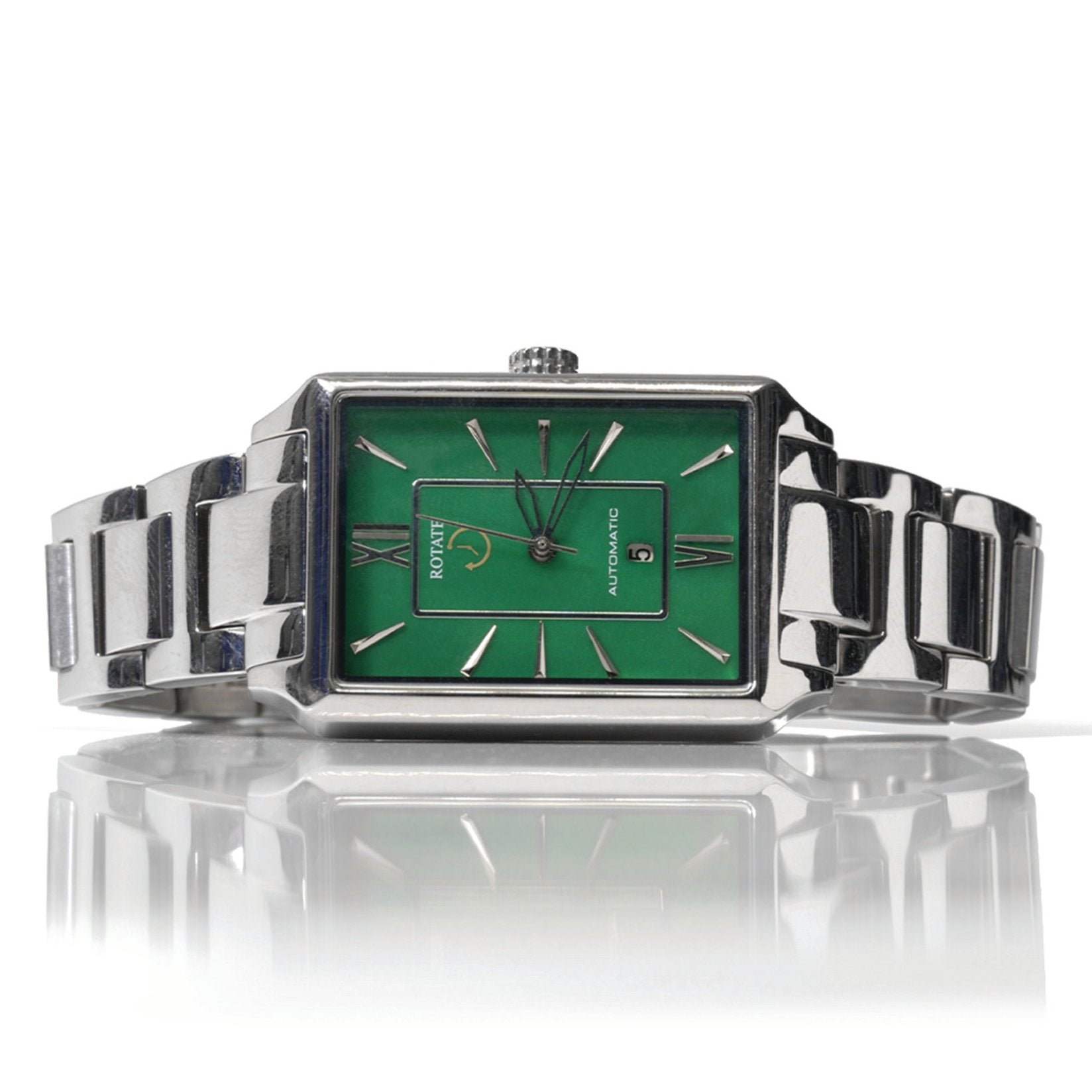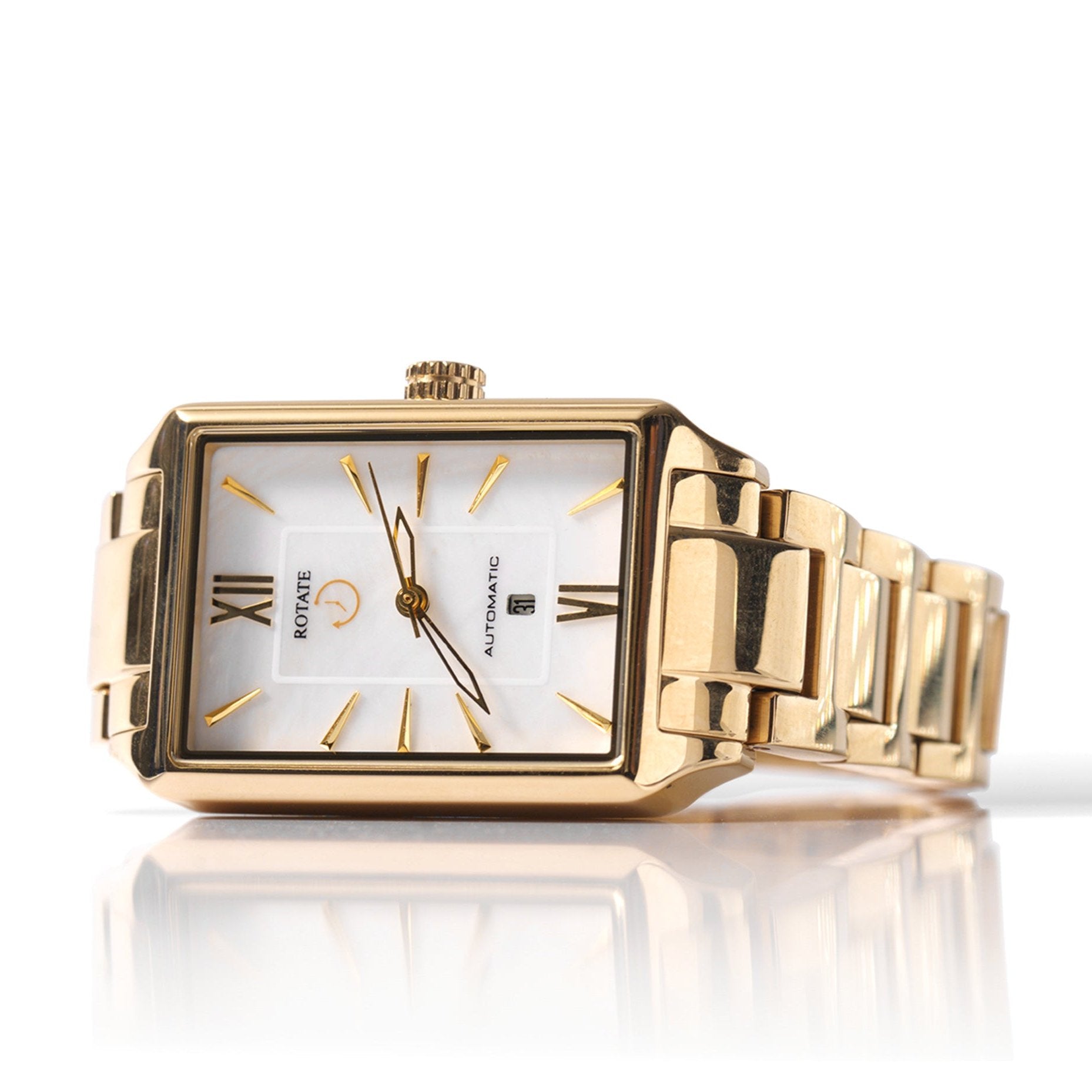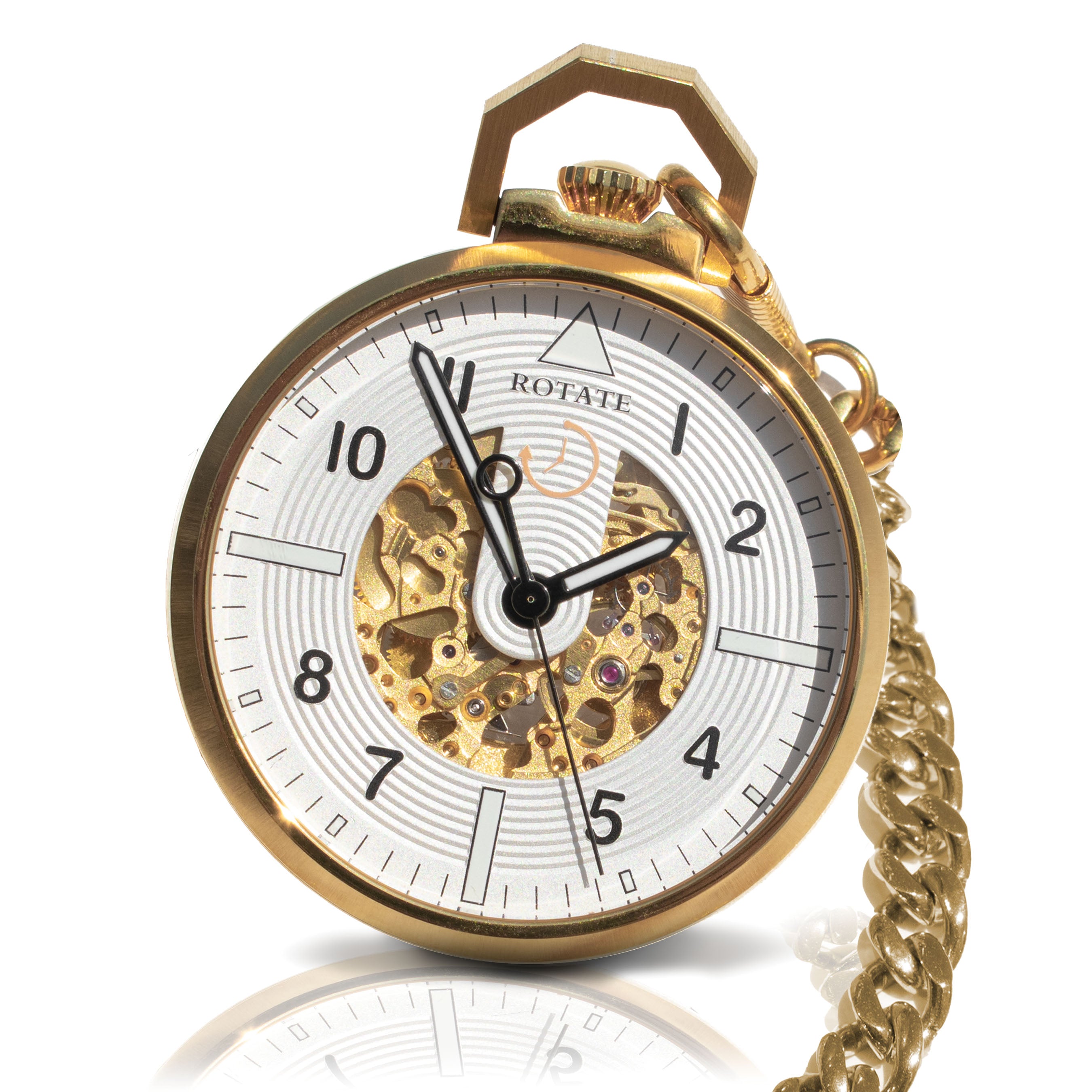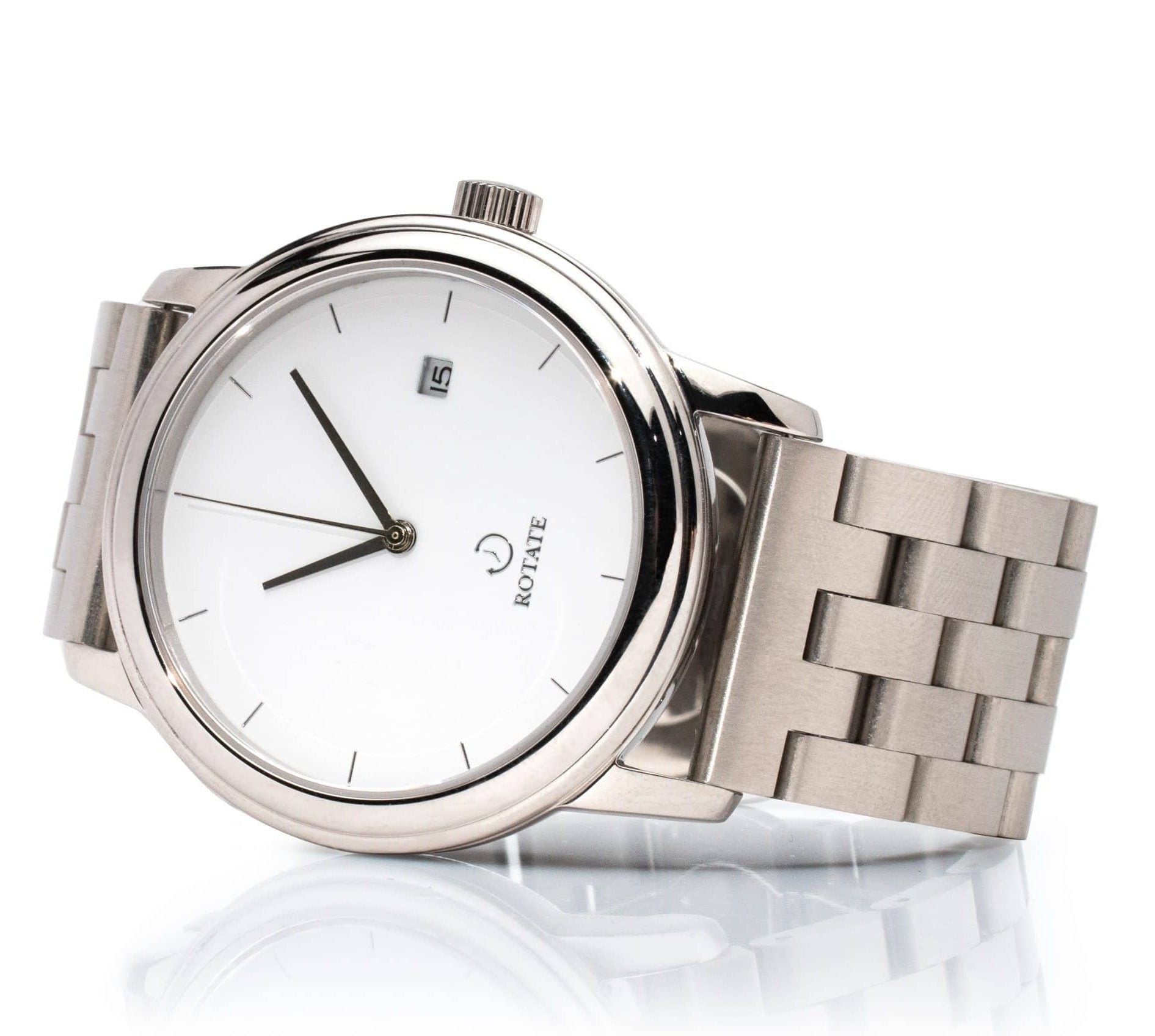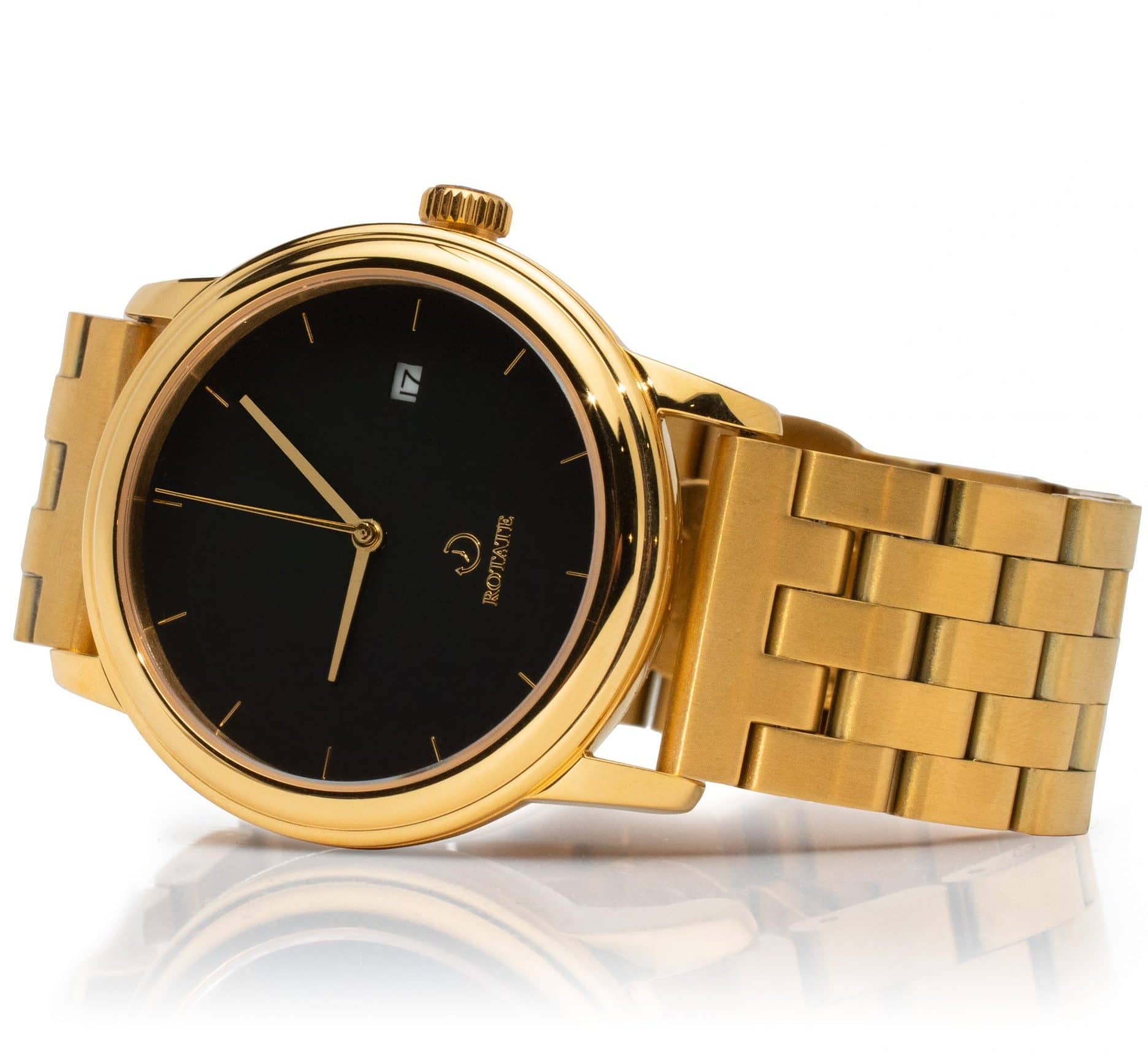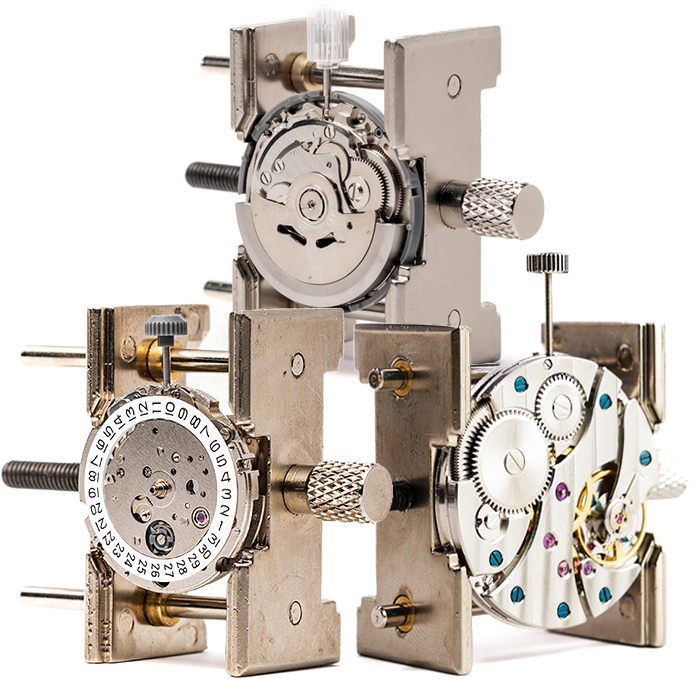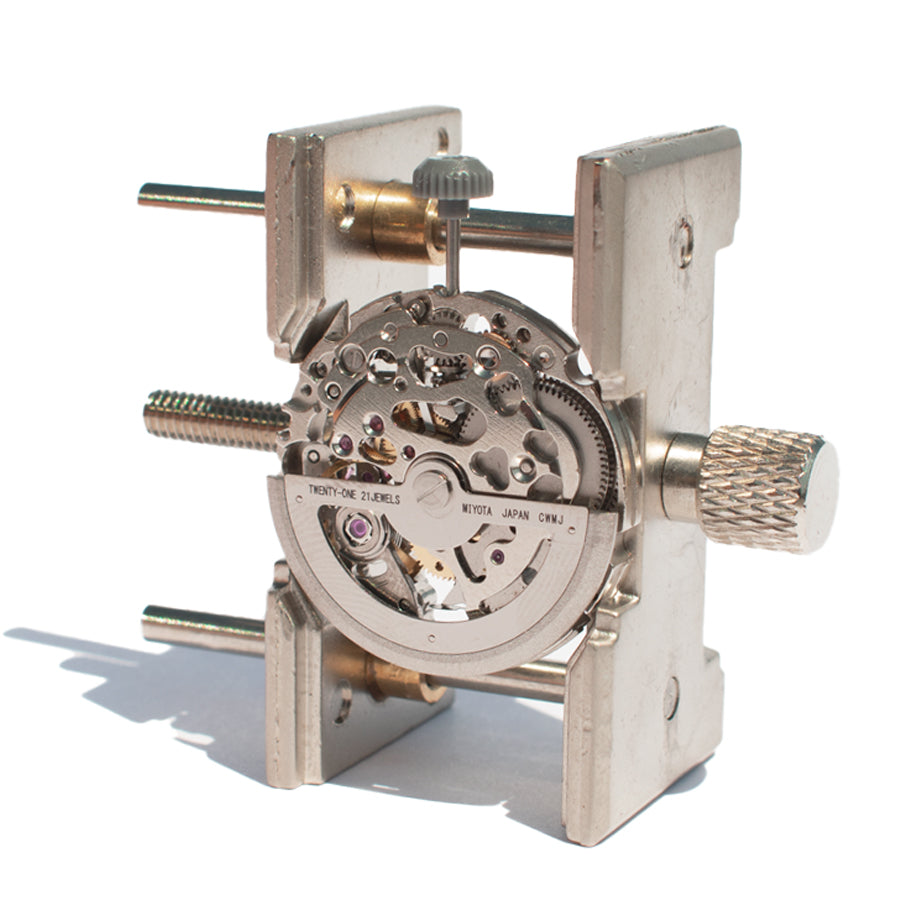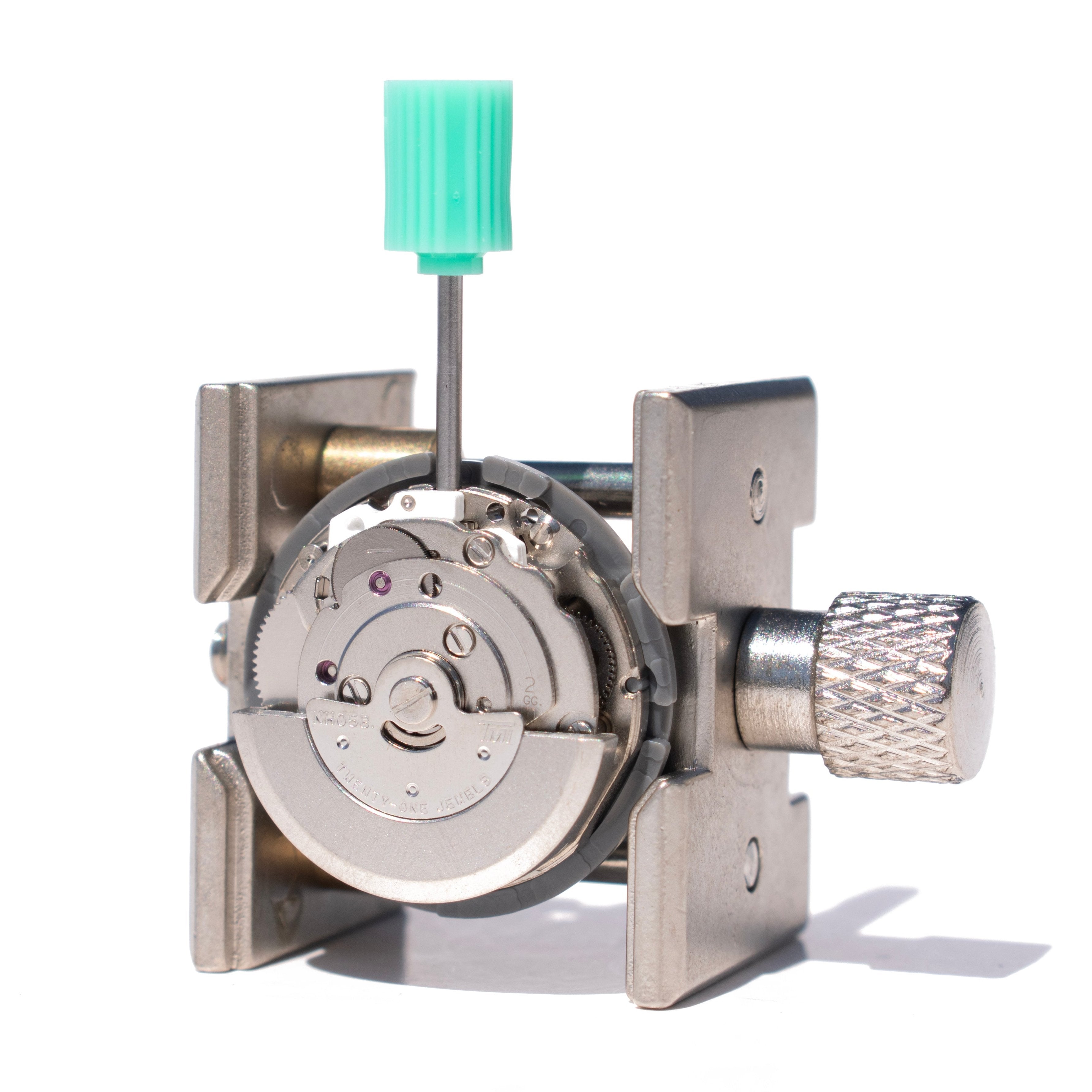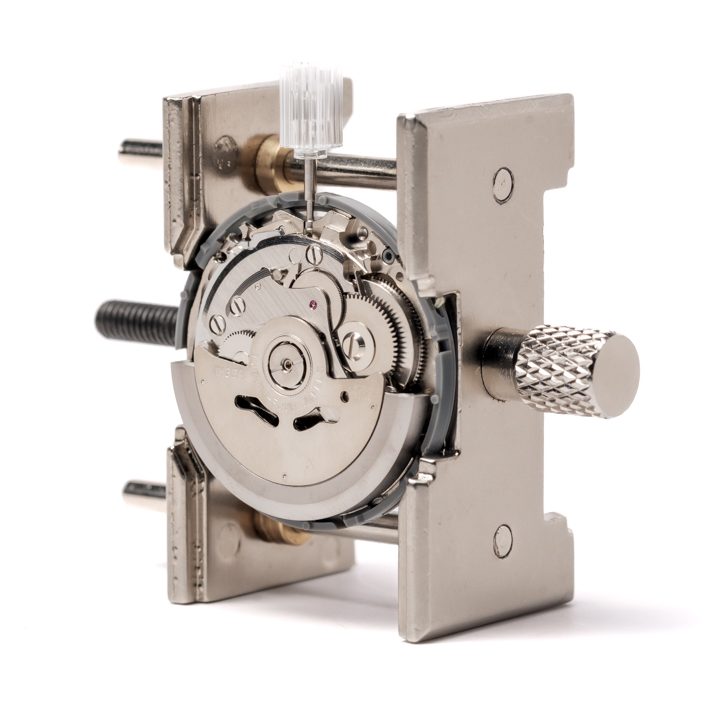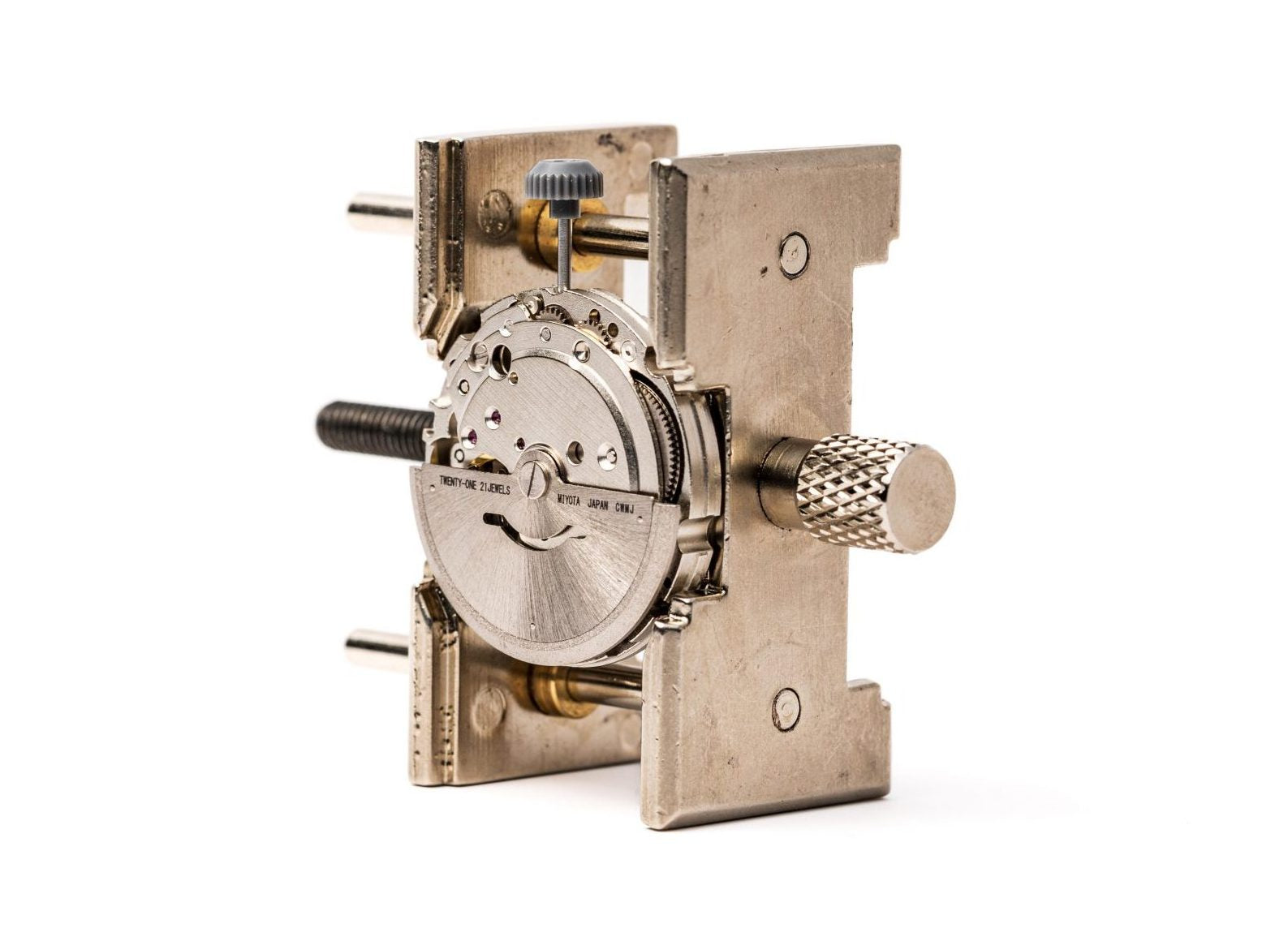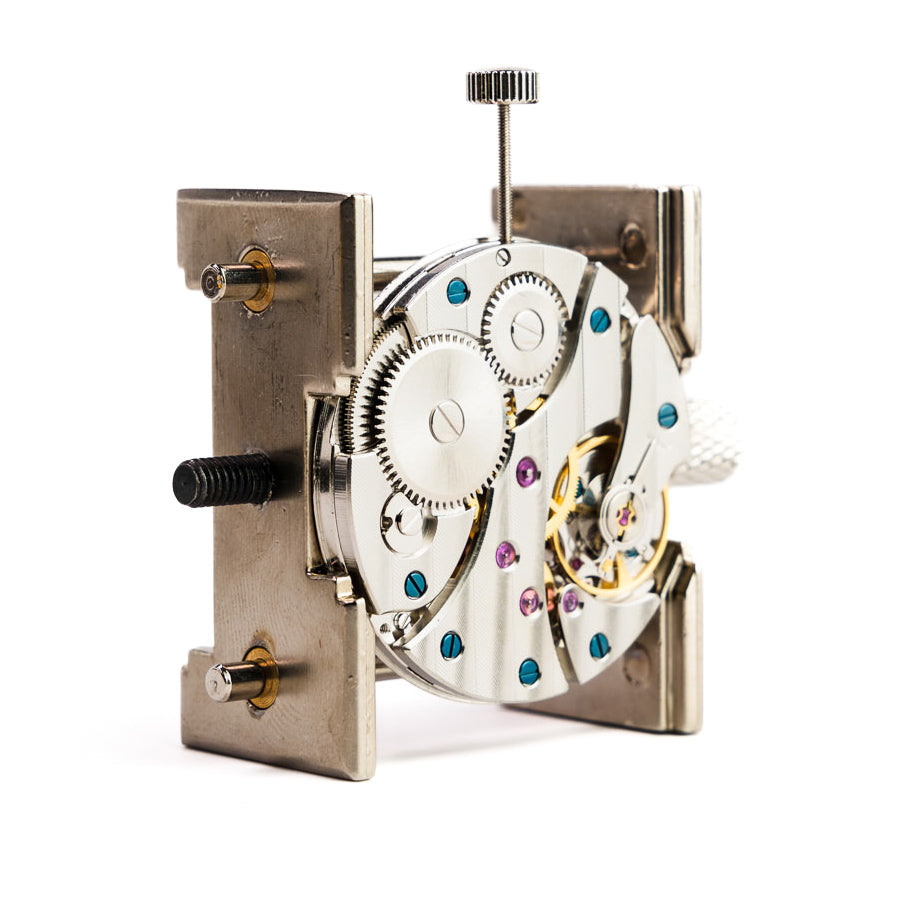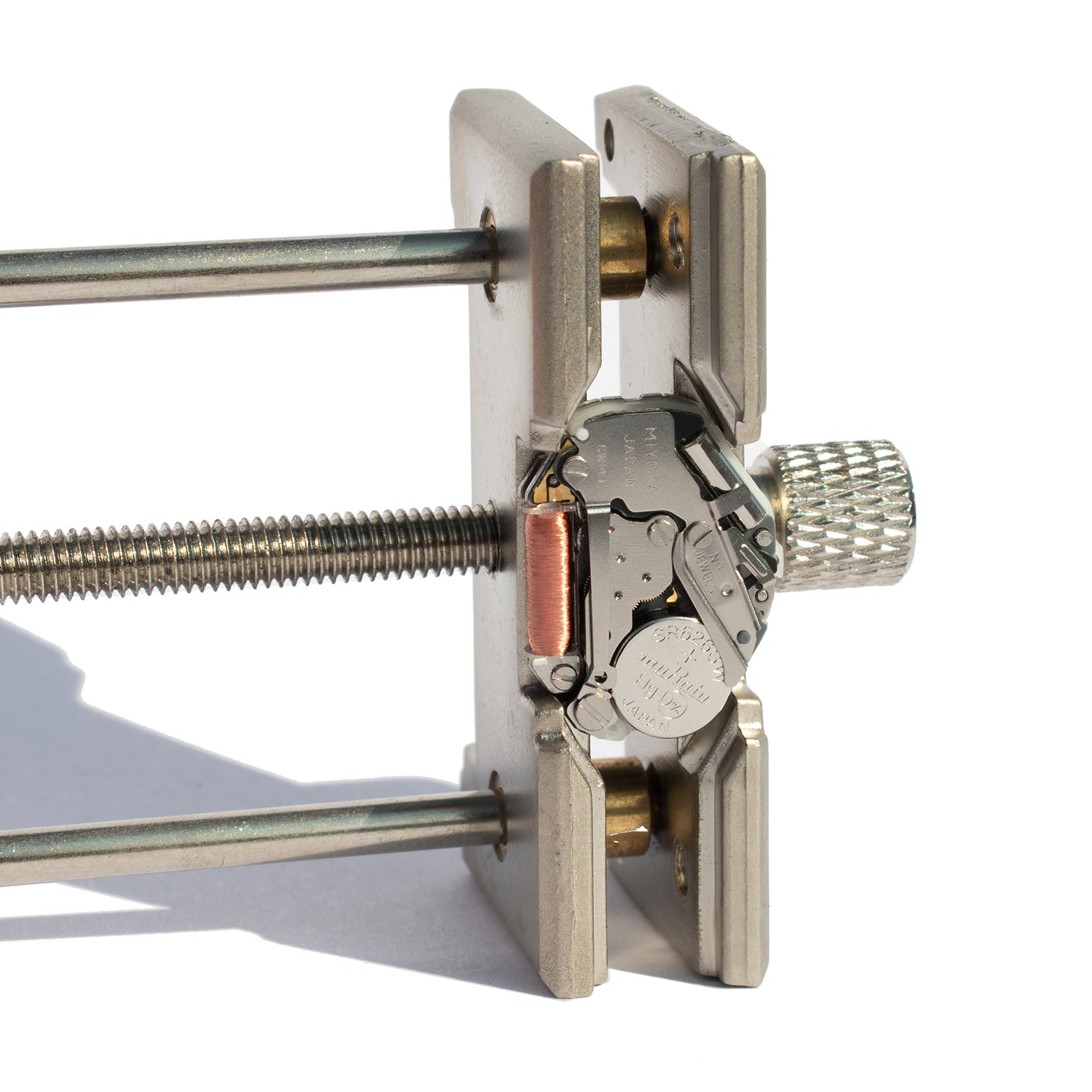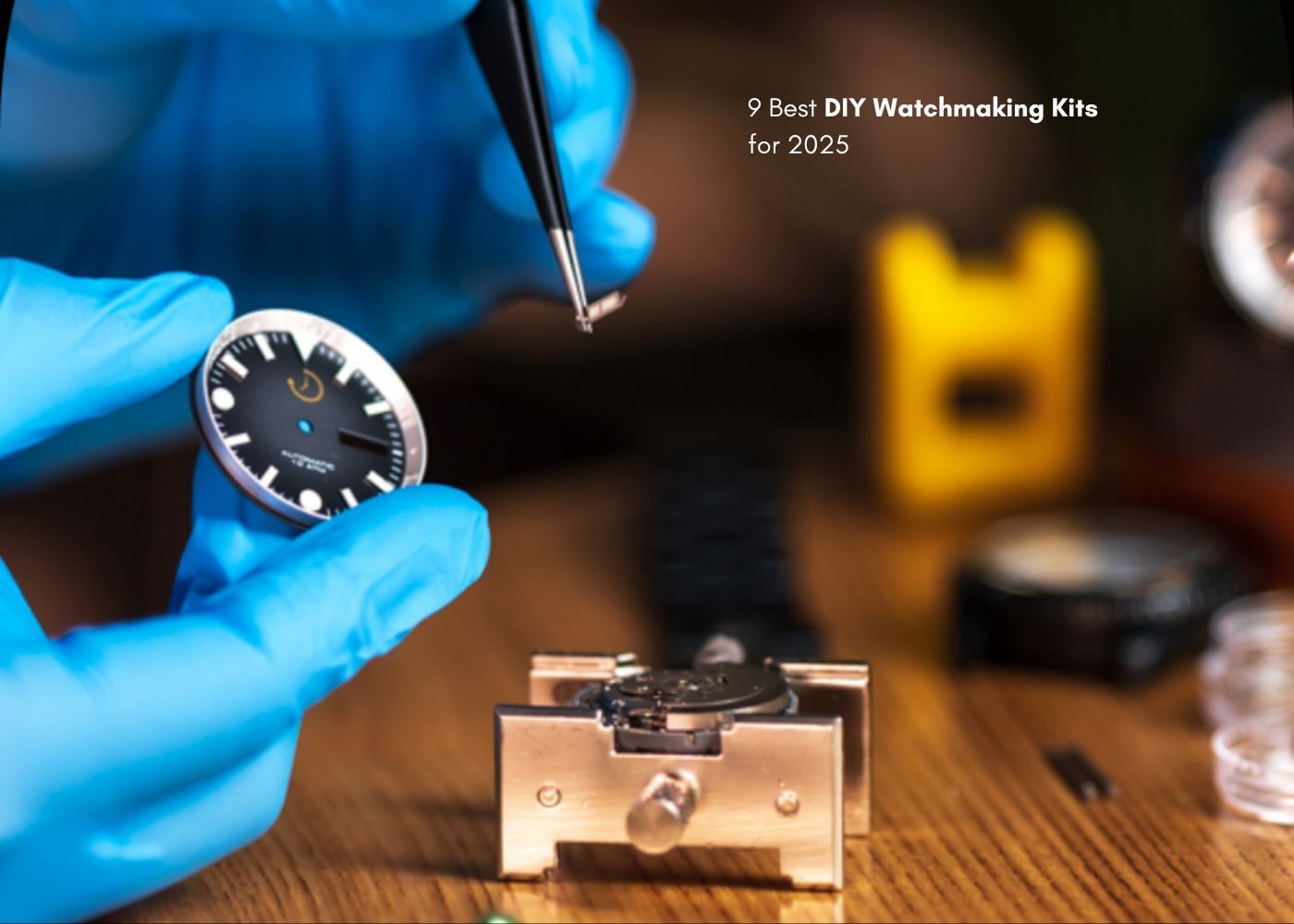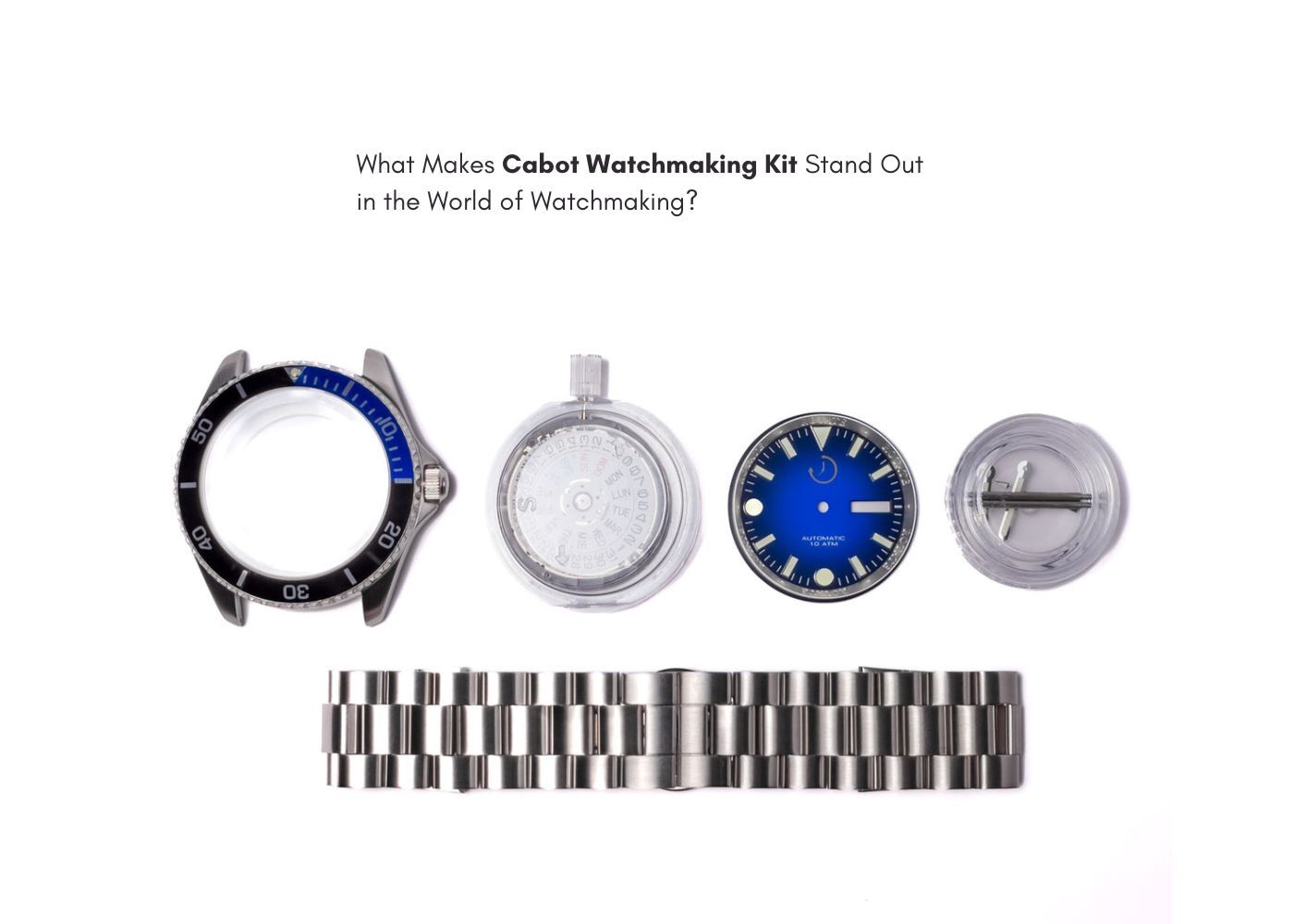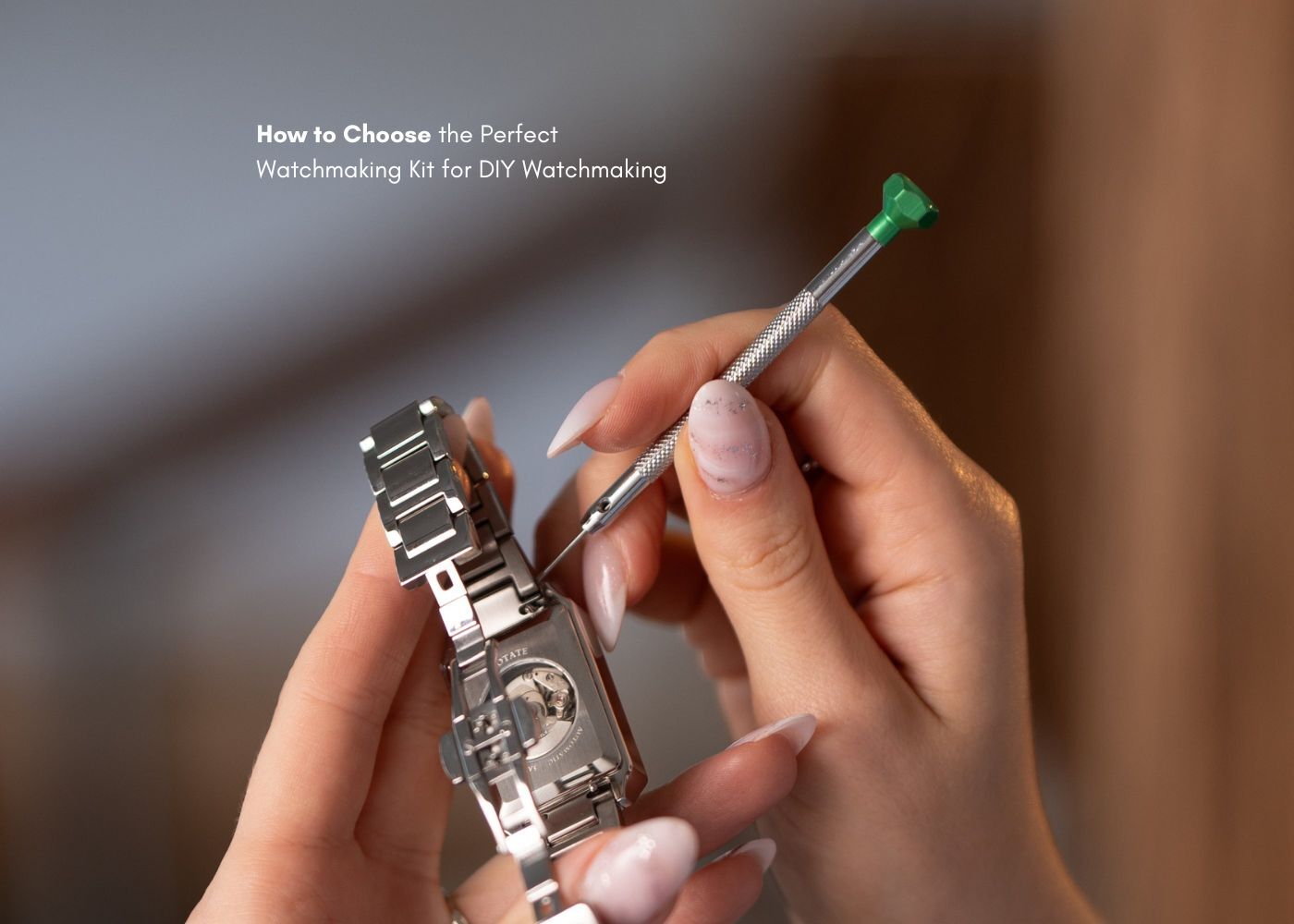
How to Choose the Perfect Watchmaking Kit for DIY Watchmaking
The growing popularity of DIY horology has created numerous options for enthusiasts looking to build their own timepieces. With various styles, movement types, and difficulty levels available, finding the right kit requires careful consideration of several factors. This guide will help you navigate the selection process and find a kit that matches your skills, preferences, and goals.
What drives your interest in watchmaking?
Before diving into specific features, consider what draws you to building your own watch. Is it the educational value of understanding mechanical movements? The satisfaction of wearing something you created? Or perhaps the ability to customize a timepiece to your exact preferences?
Your motivation affects which factors matter most in your kit selection. Someone seeking deep mechanical understanding might prioritize movement quality and visibility, while another person might focus more on the aesthetics of the finished product.
How to choose a watchmaking kit that matches your skill level?
Start with honest self-assessment.
Have you ever assembled small mechanical objects before? Do you have experience with precision tools? How patient are you when following detailed instructions?
Watchmaking Kits like the Galileo Watchmaking Kit offer a balanced approach with clear instructions that make the "hard" difficulty rating manageable for motivated beginners. Its Seagull ST3600 hand-wound movement provides an excellent foundation for understanding basic mechanical principles.
Another great option is the Marco Watchmaking Kit which introduces automatic movement assembly with the Seiko NH36, which includes additional complications like date functions and self-winding mechanisms.
Read more about types of watch movements →
Which movement type suits your lifestyle and learning goals?
Consider how you'll interact with your watch daily.
Would you enjoy the ritual of winding your watch each morning? Or would you prefer the convenience of an automatic movement that winds itself through natural wrist motion?
Hand-wound movements like the Seagull ST3600 in the Galileo kit create a more intimate connection with your timepiece. The manual winding process becomes a daily moment of appreciation for the mechanical marvel you've assembled.
Automatic movements like the Seiko NH36 in the Marco kit offer modern convenience with self-winding functionality. These movements typically contain more components, creating additional assembly challenges but requiring less daily attention.
Read more about watch mainsprings and power sources →
What makes the best DIY watchmaking kit for your personal style?
Consider how the finished watch will complement your wardrobe and lifestyle.
What's your personal aesthetic? Do you prefer classic, minimalist designs or more complex, technical aesthetics? Will you wear this watch daily or for special occasions?
The Galileo's deep blue dial offers versatile elegance that works across various settings. For those preferring more traditional aesthetics, the Hudson Watchmaking Kit provides classic styling.
Case size affects both appearance and comfort. Most Rotate kits feature cases around 43-44mm, which suit a variety of wrist sizes. The bracelet or strap material also influences both the building experience and the finished look-consider whether you prefer the supple feel of leather like the Galileo's blue strap or the durability of metal like the Marco's stainless steel bracelet.
Read more about dials and straps in watch customization →
How important are component quality and support for your watchmaking journey?
Quality and support determine both immediate satisfaction and long-term enjoyment.
How disappointing would it be to complete your build only to have components fail months later? Or to get stuck during assembly with no help available?
Quality components form the foundation of a satisfying building experience and a lasting timepiece. Look for kits using established movement manufacturers like Seagull, Seiko, or Miyota rather than unbranded options. The exhibition caseback featured in kits like the Galileo allows you to admire your handiwork while serving as a quality indicator-companies confident in their movement finishing typically showcase it.
Support availability becomes crucial when challenges arise. Rotate Watches provides comprehensive online guides and technical support with their kits, plus lifetime warranties that demonstrate confidence in their products.
What should the best watchmaking kits include beyond the basic components?
A truly complete kit eliminates frustration and hidden costs.
What tools do you already own? Are you willing to purchase additional items, or would you prefer a truly all-in-one solution?
Complete kits should include all necessary tools for assembly. The Galileo kit provides precision screwdrivers, tweezers, spring bar tools, pliers, adhesives, and protective gloves-everything needed to complete the project without additional purchases.
Consider also the educational resources provided. Detailed guides transform complex procedures into manageable steps, particularly important for beginners. Video instructions, when available, can further enhance the learning experience by demonstrating techniques that might be difficult to convey through text and images alone.
Read more about integrating Seiko movements in custom watches →
How should you balance value and investment in your watchmaking decision?
Look beyond the price tag to assess true value.
What's your budget for this watchmaking adventure? Are you willing to invest more for higher quality components and support?
While price naturally influences decisions, value extends beyond just the initial cost. Consider the educational experience, component quality, tool completeness, and post-purchase support when assessing overall value.
Many enthusiasts report that the knowledge gained through building their own watch becomes more valuable than the physical product itself. The skills developed transfer to watch maintenance and deeper horological appreciation regardless of which specific kit you choose.
For those seeking unique designs beyond the ones mentioned, explore additional options like the Knight, Newton, or Eiffel watchmaking kits.
Read more about benefits of steel watch straps →
FAQ
Q. What tools are typically included in watchmaking kits?
Most quality kits include precision screwdrivers, tweezers, spring bar tools, pliers, adhesives, and protective gloves. Rotate kits provide comprehensive tool sets that eliminate the need for additional purchases.
Q. How long does it take to complete a watchmaking kit?
Assembly typically takes 3-5 hours for most kits, depending on experience level and the kit's complexity. Many builders spread the process across multiple sessions to fully enjoy each step.
Q. Can beginners successfully complete watchmaking kits?
Yes, beginners can successfully complete kits by following detailed instructions carefully. Starting with kits designed for appropriate skill levels increases success likelihood.
Q. What's the difference between automatic and hand-wound movements?
Hand-wound movements require daily winding but offer simpler construction and traditional appeal. Automatic movements self-wind through wrist motion but contain additional components that increase complexity.
Q. What happens if I encounter difficulties during assembly?
Quality kit providers offer technical support to help resolve issues. Rotate's lifetime warranty and support team ensure assistance is available when challenges arise.
Q. Are watchmaking kits good value compared to purchasing assembled watches?
Beyond the physical watch, kits provide educational value through hands-on learning about mechanical principles. The skills developed transfer to watch maintenance and deeper appreciation of horology.


